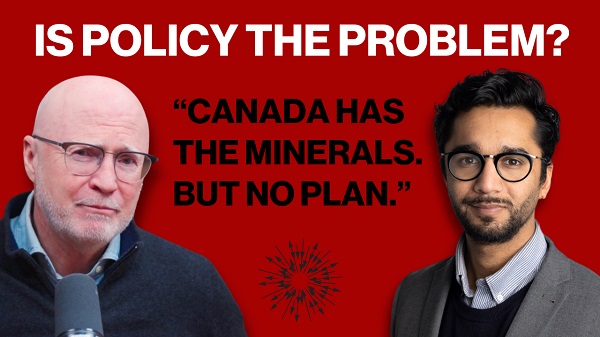The apology is the start of a reconciliation process with members of the Lesbian, Gay, Bisexual, Trans, Queer, Two-Spirit community.
It noted that while police have an obligation to uphold the law and to create safe communities for everyone, the EPS has not always demonstrated behaviors and approaches which demonstrate these core values.
“To the members of the Lesbian, Gay, Bisexual, Trans, Queer and Two-Spirited community – both across our public and within our service – on behalf of the Edmonton Police Service, I am sorry and we are sorry,” said Chief McFee. “Our actions caused pain. They eroded trust. They created fear. They caused members of the public and our service alike to feel unsafe on their own streets, in their workplaces and even their homes.”
Chief McFee pledged to stand against homophobia, transphobia and any other kind of marginalization, denigration or disrespect. He also invited people to share their stories and to participate in shaping an engagement process aimed at changing the essential nature of the relationship between the EPS and the community.
Chief McFee also indicated that part of the reconciliation will include a look inward to understand the impact that the EPS has had historically, on its own members.
“To make sure we get this right it has to be guided and informed by those in our community. By those who have spoken out before, and by those who haven’t yet had the opportunity to share their voices. We are requesting advice, guidance and partnership,” said Chief McFee, adding that the engagement process will allow people to share often difficult experiences.
The EPS is also asking members of the LGBTQ2S+ community to share their ideas about the engagement process through a specially established website, www.epsinput.ca .The input shared will shape the design of the engagement process, which will be facilitated by external consultants early in the fall of 2019.
A live stream and then recording of the Chief’s speech can be viewed on the EPS Facebook page at www.facebook.com/edmontonpoliceservice.




 Brownstone Institute2 days ago
Brownstone Institute2 days ago
 Energy1 day ago
Energy1 day ago
 Business1 day ago
Business1 day ago
 Automotive1 day ago
Automotive1 day ago
 Business1 day ago
Business1 day ago
 Automotive1 day ago
Automotive1 day ago
 Business10 hours ago
Business10 hours ago
 Crime10 hours ago
Crime10 hours ago










